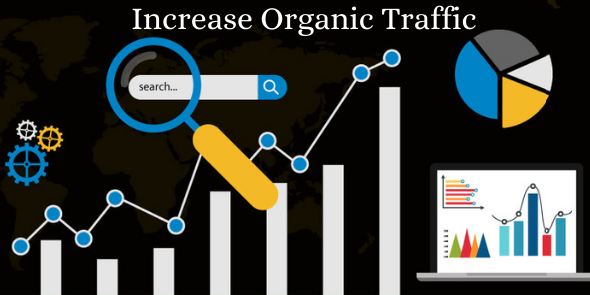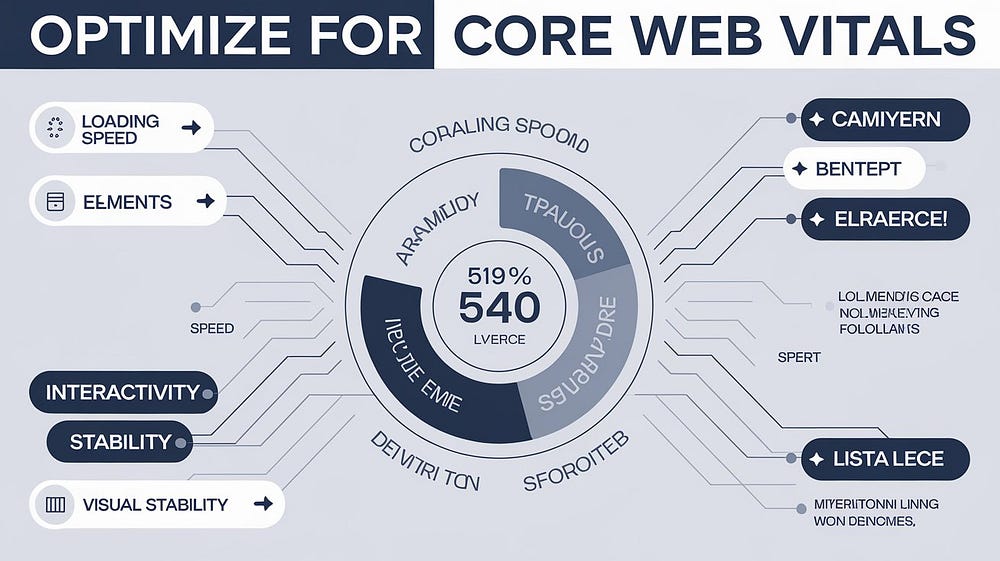In an increasingly digital world, securing a high ranking on search engine results pages (SERPs) is...
Cost-Effective Strategies for Organic Traffic Growth
Growing your website’s organic traffic doesn’t have to break the bank. By implementing cost-effective strategies, you can increase your site’s visibility and attract more visitors without spending a fortune. Here are some practical ways to boost organic traffic on a budget.

1. Optimize Your Website for SEO
Search Engine Optimization (SEO) is a cornerstone of organic traffic growth. By optimizing your website, you can improve your search engine rankings and attract more visitors. Start with keyword research to identify terms your target audience is searching for. Use tools like Google’s Keyword Planner or Moz to find relevant keywords with low competition and good search volume. Incorporate these keywords naturally into your content, meta descriptions, and headers.
2. Create High-Quality, Engaging Content
Content is king when it comes to driving organic traffic. Focus on creating high-quality, engaging content that provides value to your readers. This could be in the form of blog posts, how-to guides, infographics, or videos. The key is to offer something unique and informative that meets your audience’s needs. Consistently publishing fresh content will keep your site relevant and encourage repeat visits.
3. Leverage Social Media
Social media platforms are excellent tools for promoting your content and driving traffic to your website. Share your blog posts, videos, and other content across platforms like Facebook, Twitter, LinkedIn, and Instagram. Engage with your followers by responding to comments and participating in discussions. You can also join relevant groups and forums to share your expertise and link back to your site.
4. Utilize Guest Blogging
Guest blogging is a powerful way to reach new audiences and build backlinks to your site. Reach out to reputable blogs and websites in your industry and offer to write guest posts. In return, you can include a link back to your website, which can help improve your SEO and drive traffic. Be sure to choose sites with a good reputation and a target audience that aligns with yours.
5. Optimize for Mobile Users
With more people accessing the internet via mobile devices, optimizing your website for mobile users is essential. Ensure your site is mobile-friendly by using responsive design, fast loading times, and easy navigation. A mobile-optimized site not only provides a better user experience but also improves your rankings on search engines like Google, which prioritize mobile-friendly websites.
6. Use Long-Tail Keywords
Long-tail keywords are longer, more specific phrases that visitors are more likely to use when they’re closer to making a purchase or finding a specific piece of information. These keywords are less competitive and can help you attract a more targeted audience. Incorporate long-tail keywords into your content and blog posts to improve your chances of ranking higher in search engine results.
7. Monitor and Analyze Your Performance
It’s important to track the performance of your organic traffic growth efforts. Use tools like Google Analytics to monitor your site’s traffic, bounce rate, and user engagement. This data can help you identify what’s working and what needs improvement. Regularly analyzing your performance will enable you to make data-driven decisions and refine your strategies for better results.
By implementing these cost-effective strategies, you can significantly boost your website’s organic traffic. Focus on SEO, high-quality content, and leveraging social media to attract more visitors and grow your online presence without overspending.


